NEW YORK—Rocky De La Fuente, 62, said his path to running for mayor of New York City began with the theft of his Mickey Mouse watch on the streets of Mexico City.
That watch was 7-year-old Rocky’s prized possession, a $1.99 keepsake bought for him by his parents on a trip to Disneyworld. One day, four 15- or 16-year-old boys surrounded him. One of them put a knife against his back, and those boys walked away with his watch.
De La Fuente was left thinking, “How can someone steal my Mickey Mouse watch?” And he said that was when he began to figure things out. In an interview in the Manhattan offices of The Epoch Times, he looked back and saw himself learning important life lessons in that moment: the importance of common sense, street smarts, and looking at things logically.
He said he began applying those lessons when, at 9 years old, he was given as a Christmas gift a Mattel Creepy Crawler Oven. He excitedly plugged it in and made a wiggly plastic cockroach and a spider, and then began scaring his family with them.
He packed his new creations to scare the kids at school. When he opened his satchel on the school bus, De La Fuente’s first business was born. A freshly made cockroach sold for 5 pesos (40 cents at the time). Everyone on the bus ordered one.
In 1965, at age 11, De La Fuente bought a book of Christmas cards. He showed them to his mother and a circle of her friends, and took orders. After that was successful, he began recruiting his schoolmates to sell cards to their mothers and their mothers’ friends. Eventually, 180 kids were working on commission for him. He cleared $4,000 a month for the months of September and October.
At age 20, De La Fuente owned his first car dealership. He soon began purchasing other car dealerships, eventually owning 28 of them.
When he was ready to look for other opportunities, he sold 27 of the dealerships. He established currency exchanges and banks, and began investing in and developing real estate.
Now, De La Fuente wants to apply the lessons that brought him business success to setting himself up in residence in Gracie Mansion.
A Double Heritage
De La Fuente’s run for mayor has much to do with where he comes from.
Born in San Diego to Mexican parents and raised in Mexico City, De La Fuente is proud of being an American and proud of his Hispanic heritage.
“America has been very, very good to me,” De La Fuente said. “I have enjoyed the American dream.” Public service is a way of paying back, of showing gratitude to his second home.
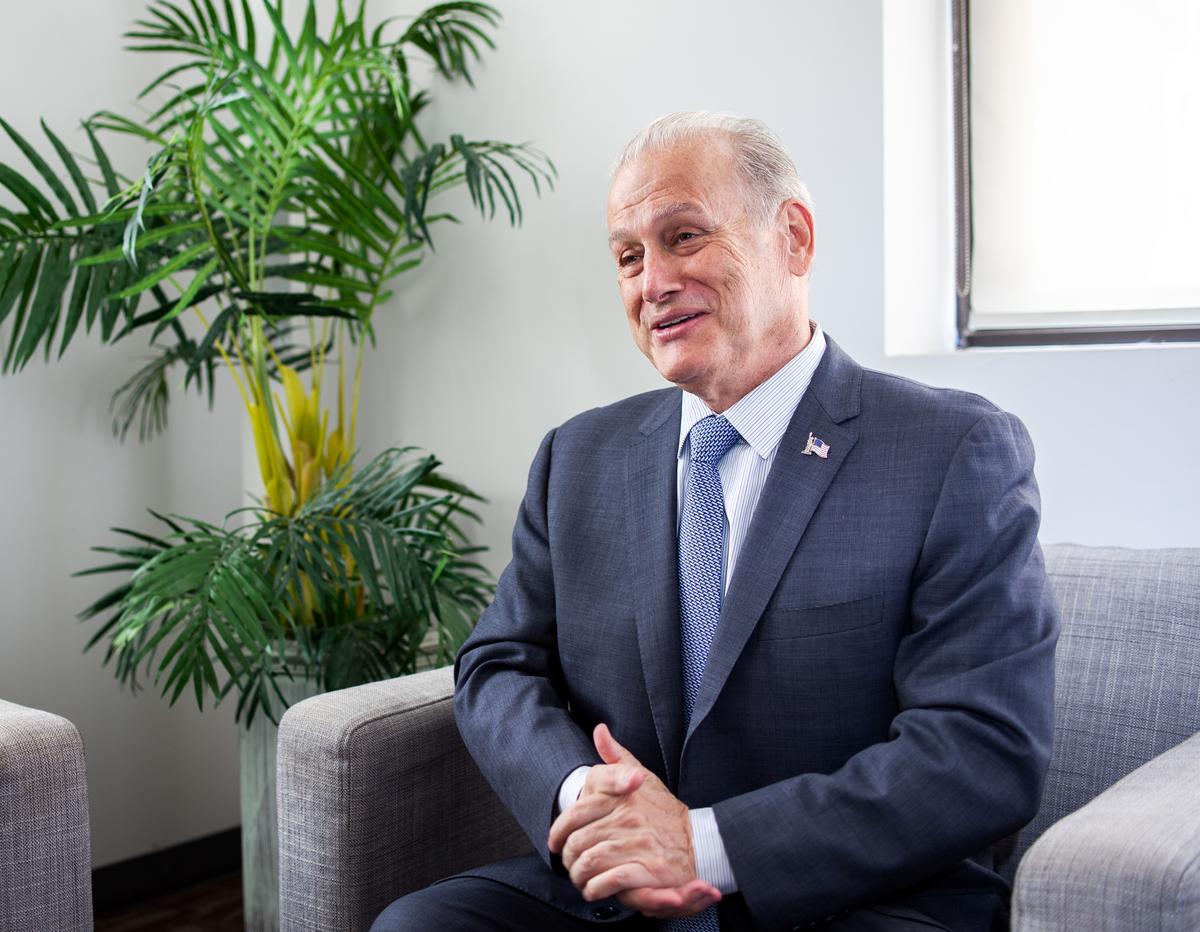
Public service is also a way to help extend that American dream to the immigrants with whom De La Fuente strongly identifies, by raising their sense of the possibilities open to them in America.
“We need to show all the minorities—the Chinese, the Koreans, the Puerto Ricans, the Dominicans—we need to show them that we minorities know how to lead.”
“Yes, we can be trusted,” De La Fuente said. “Yes, we can do it. Maybe not as good, maybe better than most.”
“We need to let our young people know they can be the best in whatever field they choose.”
At the same time, De La Fuente feels New Yorkers deserve better than the incumbent: “The mayor does not work, and he has not allowed anything to work. He has this city decaying. If he gets elected for four more years, the ones who will suffer are the beautiful people of New York.”
Solutions
Talk with De La Fuente about governance quickly becomes a conversation about specific problems and how to solve them.
The words come cascading out, as he jumps, seemingly without pausing to take a breath, between topics: from education in Singapore, to how Disneyland handles crowds, to the perils of stagnant water, to what should be done with Rikers Island, to the city’s broken homelessness policies, to how the Japanese fixed their public urination problem before the 1964 Olympics, to how Mexico City fixed its littering problem—among other issues.
More than once, De La Fuente said, “one doesn’t have to be Einstein to figure this out.” A thread running through his remarks was the power of common sense.
For De La Fuente, government is about finding solutions, and the best way to find solutions is to identify best practices. One needs general knowledge, which requires understanding the world, which requires traveling the world.
For example, De La Fuente found a way to solve New York’s chronic garbage problems while sitting in a café in Lago Maggiore, Italy. On the town square was an igloo-shaped structure about the size of a conference table. As De La Fuente sat there for two hours, he saw one person after another come, pull open a slot like that on a mailbox, and deposit garbage bags.
After watching this for two hours, De La Fuente couldn’t believe his eyes. Far more garbage had gone into that slot than that small igloo-structure could hold. He walked over, pulled open the slot, and peered in. There was a bunker under the street the size of a large room. At one end was a device that compacted the garbage against the opposite wall.
But how did the city get the garbage out? The next morning, a state-of-the-art, electric garbage truck whirred up. The worker snaked a tube into the igloo, and in a matter of minutes, the truck had quietly vacuumed up all of the garbage.
Running for Office
De La Fuente ran for president in 2016 as a Democrat. Without any party backing and hardly any media coverage, he was able to get on 40 state ballots for the primaries. In the general election, he was on 20 state ballots as either the Reform Party or the American Delta Party candidate.
Getting on so many ballots, when the states make this difficult to do, was a remarkable, if quixotic, achievement. The campaign cost De La Fuente $8 million. He said he wanted to show Hispanics that a Hispanic could be in the presidential race.
De La Fuente believes he has a more realistic path to the Republican mayoral nomination, to be decided in the primary on Sept. 12.
He feels he has a special strength among the minorities. “Every minority feels underrepresented at all levels,” De La Fuente said, and he believes this feeling makes them supportive of his candidacy.
He said that the typical Republican mayoral primary draws around 64,000 votes. He believes he can bring in 20,000 new votes from immigrants, in particular Chinese and Mexican voters. If he does so, and he wins the new immigrant vote, then he needs to win a little over 22,000 voters from the remaining voters to take the nomination.
He said a Baruch College poll that has not been released to the public showed him with 39 percent of the Republican vote, and Assemblywoman Nicole Malliotakis and Paul Massey (who has since dropped out of the race) each with 20 percent.
Critics have pointed out that he has only just moved to New York City. The New York Post quoted three of five Republican Party chairs in New York City discouraging a De La Fuente candidacy as premature.
De La Fuente said he first came to New York in 1971, he began paying taxes here in 1992, and three of his five children live here. As for the Republican Party, if he gets the nomination, he is confident the party will back him.
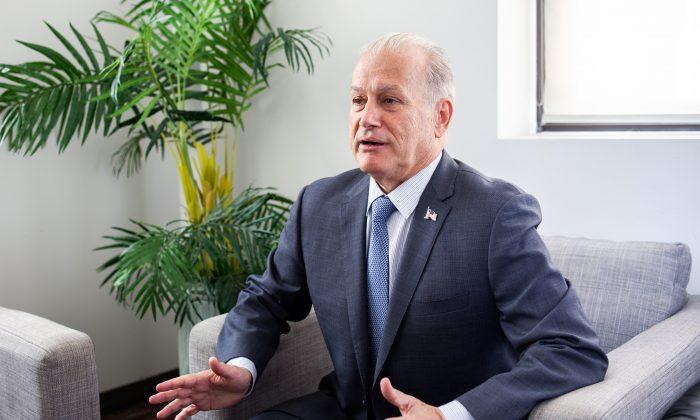
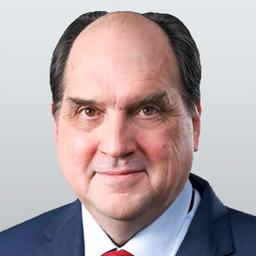
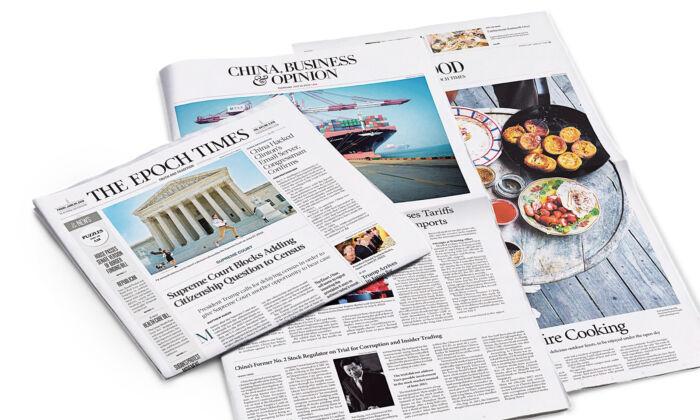
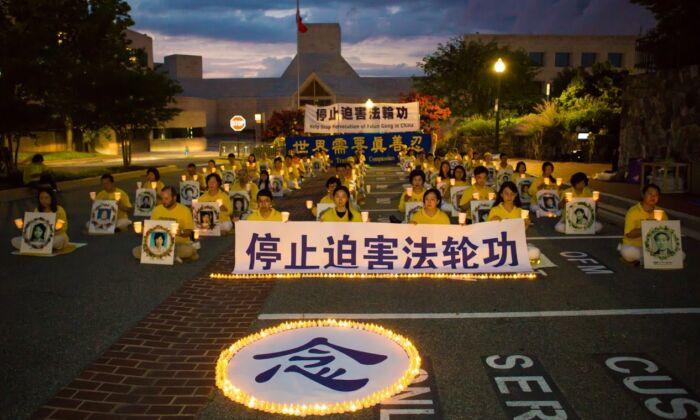
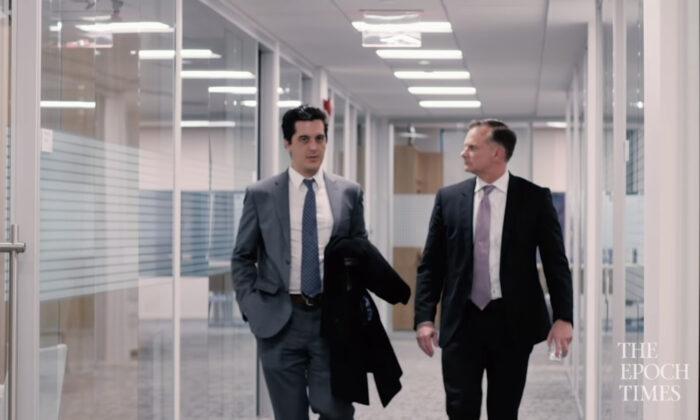
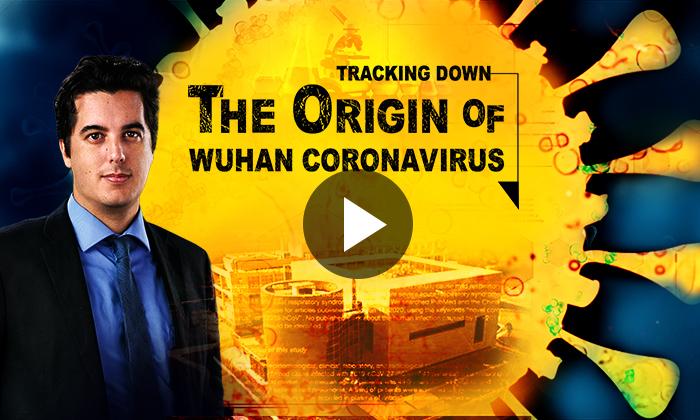
Friends Read Free